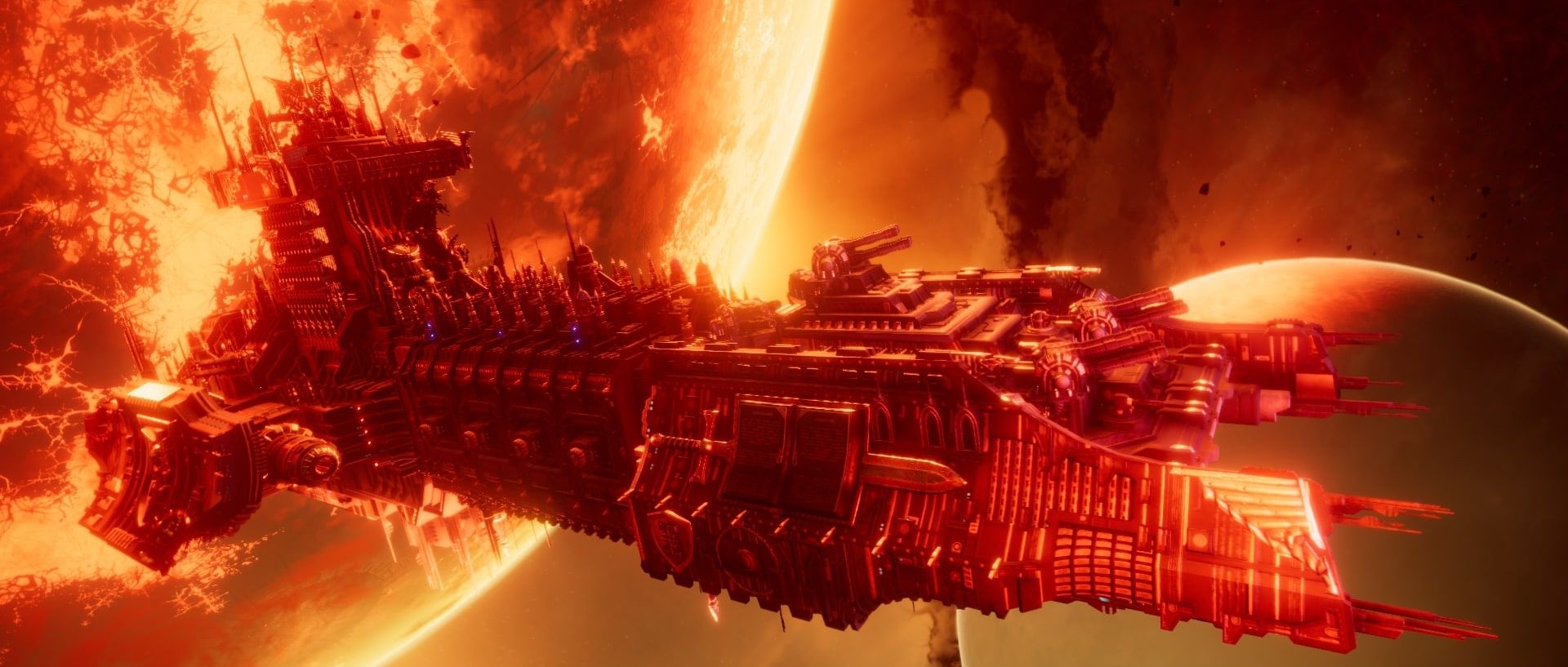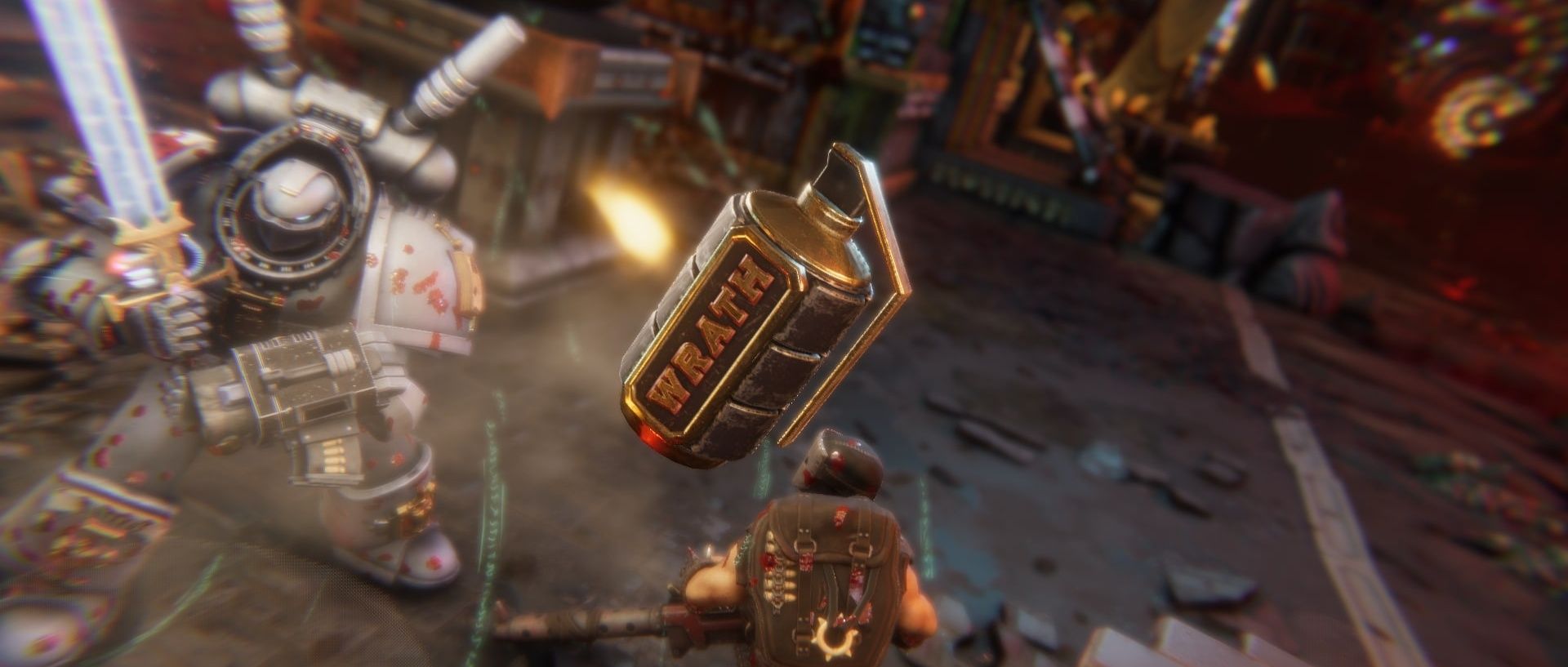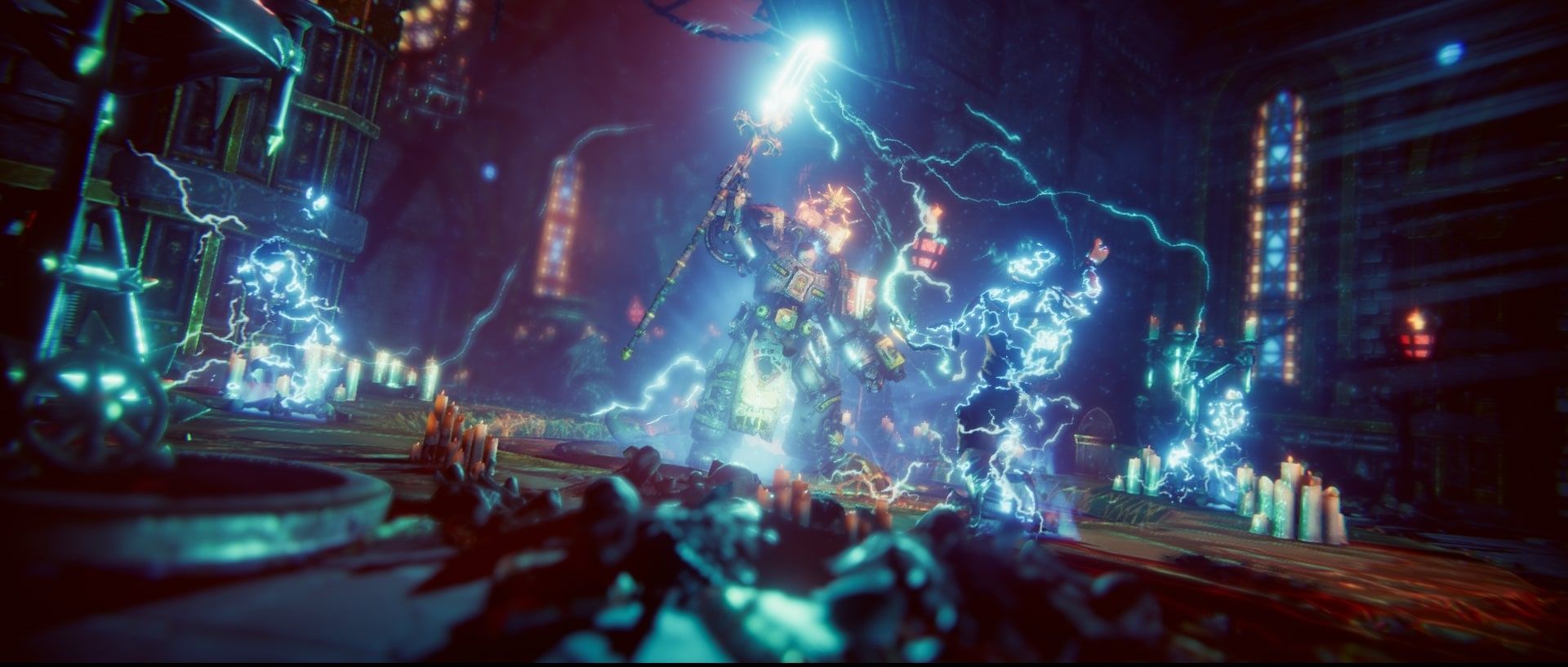Quick Links
Warhammer 40,000: Chaos Gate: Daemonhunters is a complex game. It takes the well-established XCOM method of doing turn-based strategy RPGs, dials it up a notch, and throws it headfirst into the Eye Of Terror. There’s a lot to learn, bucket loads to kill, and countless ways to accidentally kill your team of Grey Knights.
Jumping headfirst into Chaos Gate, whilst viable and doable, can be a tricky prospect. The game quickly ramps up the challenge and is prone to the occasional difficulty spike - especially when bosses are involved. This guide is here to ease your approach as you head for the Baleful Edict.
Play The Tutorial
As obvious as this may seem, playing the tutorial is an absolute must. It doesn’t matter how good you are at these games, or how many hours you’ve pumped into the genre. Heck, it doesn’t even matter if your pride is wounded by having to be walked through the basics.
The tutorial in Chaos Gate is very good and covers everything you need to know about the combat mechanics, and what differentiates this game, from its peers. Skipping it just isn’t advised on a first playthrough.
Not only that, there are some awesome animations, cutscenes, and story snippets scattered throughout, which are all worth a gander.
Set Your Difficulty Wisely
Chaos Gate is a hard game, some would even go as far as saying it’s rather spicey. As with the tutorial, your difficulty selection is important, and your pride shouldn’t be the determining factor here. Chaos Gate will whoop you rotten if you don’t learn fast, and cranking that dial down a bit can make things go a bit smoother.
Merciful is the easiest of the bunch and is our recommended starting point for anyone who is a bit rusty or downright new to the genre. Standard and Ruthless are great for people with more experience, and Legendary is for the players who want to feel pain.
Oh, avoid Grand Master Mode until a second (or third…) playthrough.
Death Is Not The End - Until It is
As hard as Chaos Gate can be, death is not the end, and taking a few potshots here and there, or being floored from time to time isn’t the end of the world. The game operates on a Resilience system, and every character has a Resilience stat.
When a Knight gets downed, their Resilience drops. If it hits zero, well, that’s when death is real. There are places you can plonk your dead hidden in the construction menu, but for the most part, dead is dead. Death comes even quicker on Legendary because your Knights start with the Resilience of a paper towel.
Have Backup Squads
It may be tempting to get attached to your initial team of Grey Knights. I mean, they likely took you through a bunch of missions, they are starting to level up a bit, and, well, they are pretty darn awesome. Here’s the thing though - you can’t use them for every mission, and if you do, you might just lose them for good.
Having backup squads, and squad members who can fill in lets you do more missions without having to wait for your wounds to heal to be at peak effectiveness. It lets you experiment with different builds and squad compositions. Sure, the default is effective, but sometimes running a full squad of Terminators is just what the doctor ordered.
Recruit new members, keep swapping them in when you can and hold back the tide of Chaos.
Build Your Knights Carefully
After each mission, every Knight that went on said mission will gain experience. Gain enough, and they will level up and earn a promotion. Promotions grant two ability points, and these can be used to greatly enhance the efficacy of your squad members.
The trick to the promotion system is to have a wide pool of abilities spread over a large number of characters, or, in other words, specialize each member of a squad at first. Having one Interceptor packing Silence to neutralize Psykers is vital for certain missions, but it isn’t needed for every mission.
That being said, some abilities are universally fantastic. For example, Hammerhand on your Justicar grants a 100% Crit Chance, letting you disable ranged enemies, or flat out kill them. Purgators with Astral Aim do the same thing but at a range. Dip into specialty, but don’t neglect the universals.
Choose Your Missions Wisely
Outside of main missions, you will be given the option to travel the galaxy and deal with Bloom Outbreaks. These missions are time-limited, and failure to complete them increases corruption. The more corruption on a planet, the more it morphs the next time you fight there.
The issue is that you can’t get to every location that pops up, which forces decisions. A lot of factors can, and should, influence your choice. Taking a path that allows you to complete multiple missions in one outbreak will grant more EXP, but it will put pressure on your team to perform even if they are injured.
Maybe the rewards for the two missions you can do together are not required when the lone mission on the other side of the galaxy is packing a bundle of goodies you do need. Heck, maybe one planet is close to being fully corrupt and you need to clear that mission as a priority.
All of this comes together to make a very complex decision-making process, and it shouldn't be rushed. Weigh up all your options before knee-jerking towards the multi-mission approach.
Deeds Are Optional, Not A Requirement
Early on you will gain access to Deeds. Deeds are essentially handicaps that reward you with more resources. These resources are incredibly valuable and can skyrocket your Strike Team to new levels of power, but the handicaps are, well, handicaps.
A Deed is randomly assigned, and you can accept it or decline it. There is no downside to declining it. Accepting the Deed will force you to do something very specific, or play in a way that makes completing the main mission more difficult. Completing your Deed may reward you with more resources, but failure costs your resources. It’s a gamble and not one you need to roll the dice on every mission.
Explore The Baleful Edict
The Baleful Edict is your home base and there’s a lot to do here between missions. You can talk to the various characters you meet in the story for updates, insightful bits of lore, and character development.
Not only that, but the Baleful Edict is also where you will be able to upgrade your ship and conduct research - both of which are vitally important. You can even customize your Knights, going as far as changing their name and appearance.
Look Out For Interactive Objects
When you are in combat, there are interactive objects abound. These are shown in the tutorial but are easy to forget about once a battle breaks out in a real mission. These can be anything from a stack of exploding barrels, to a pillar you can push down, or even buildings you can blow up to make a new path.
Chaos Gate’s maps are sandboxes that are begging to be interacted with, and you should get used to doing so. Outside of the immediate combat benefits (or negatives if you are on the receiving end of an explosion), there are plenty of other things you can interact with.
Things like corrupted turrets can be cleansed so they fight for you, or spore pods filled with plague-ridden seeds that are needed for research. Get out there and touch things. It’ll probably help you out.
Abilities Are Powerful - Use Them
Running around and shooting Storm Bolters is a lot of fun. They have a nice kick to them, they sound brutal, and they literally bisect people whenever you pull the trigger. The thing is though, Storm Bolters won’t get you very far on their own, and this is where abilities come into play.
Messing with abilities can greatly enhance your efficacy in combat - especially against dangerous enemies. Giant demons with the ability to warp reality are an absolute pain to deal with, and can quickly wipe your squad if you aren’t careful. Abilities can turn the tide, however.
Silencing a Demon will prevent it from using Psychic abilities. This is a serious nerf to its damage output, but not the only way abilities can be used to gain an advantage. All enemies can have limbs blown off to limit effectiveness, and big Demons are no exception. Landing critical hits allows you to permanently remove attacks from its pool, and many skills grant a 100% crit chance.
Not only that, but every Grey Knight has access to a shield that grants them bonus armor. This can help negate damage, and save a Knight who finds themselves in a tricky situation. How about a Jusitcar provoking an enemy to attack him, or that same Justicar buffing himself with a ludicrous amount of armor, and then transferring it to another Knight in danger.
The options at your disposal are vast and only get more so the more you play.

-23.jpg)
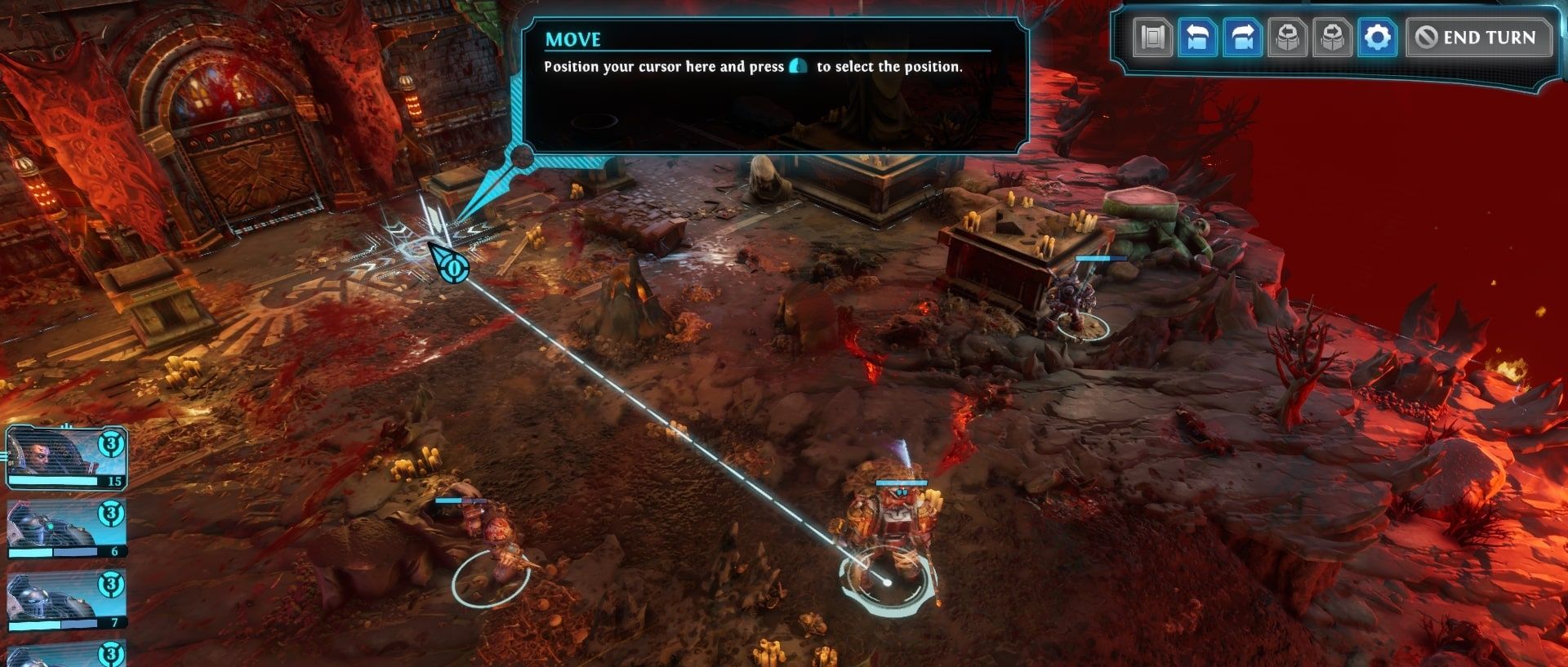
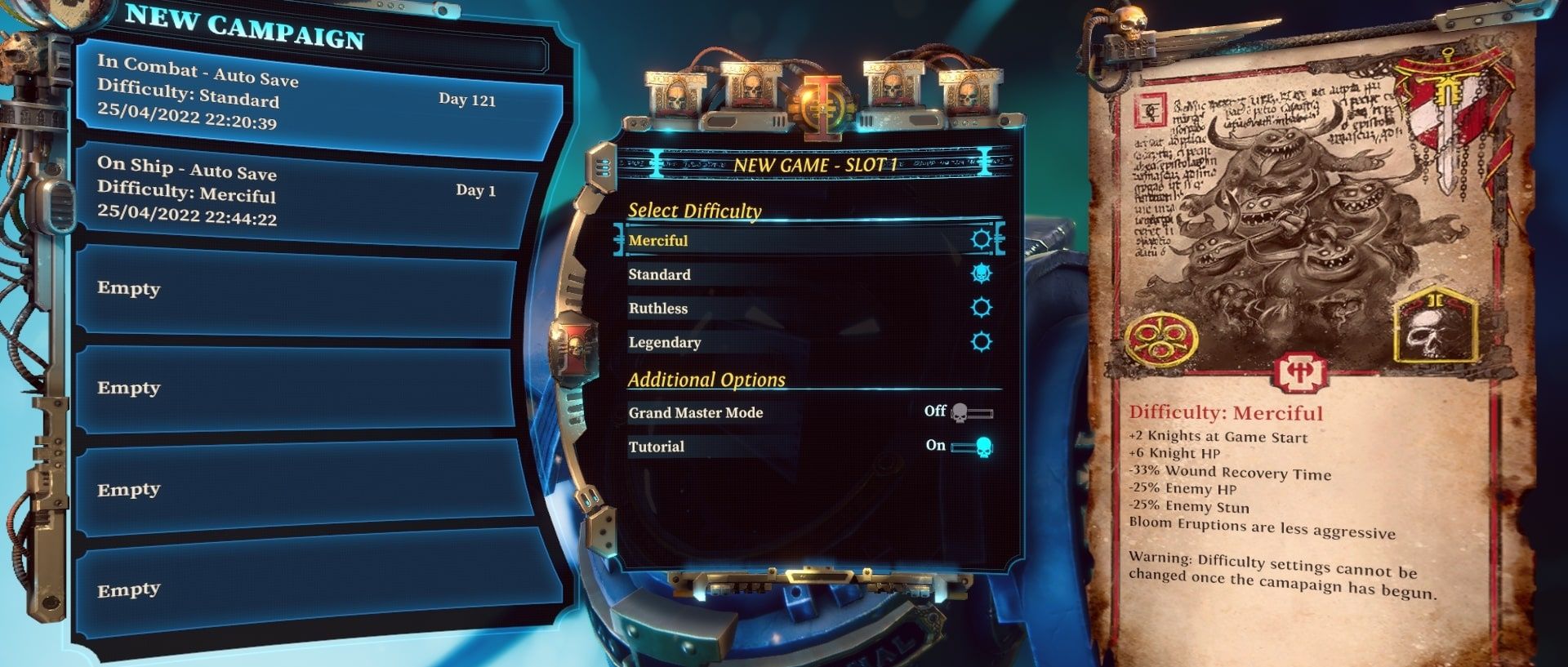
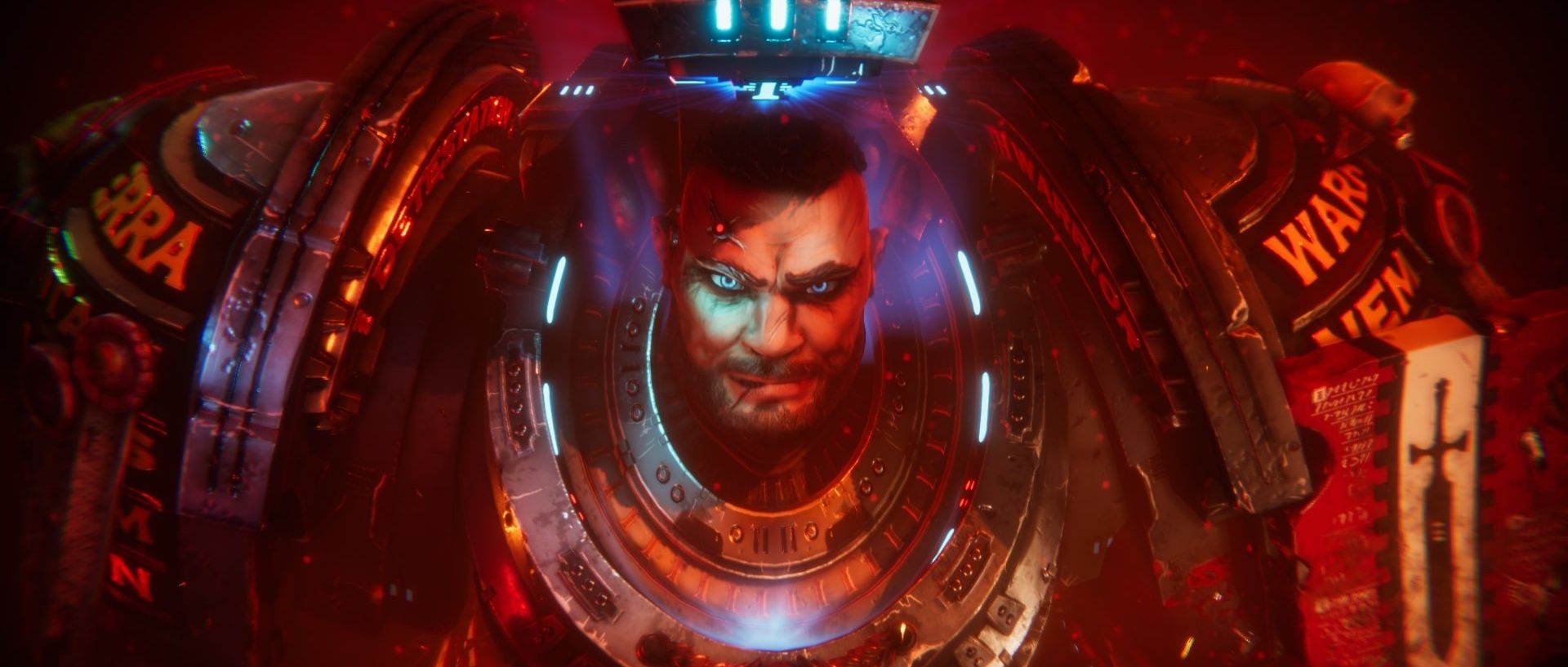
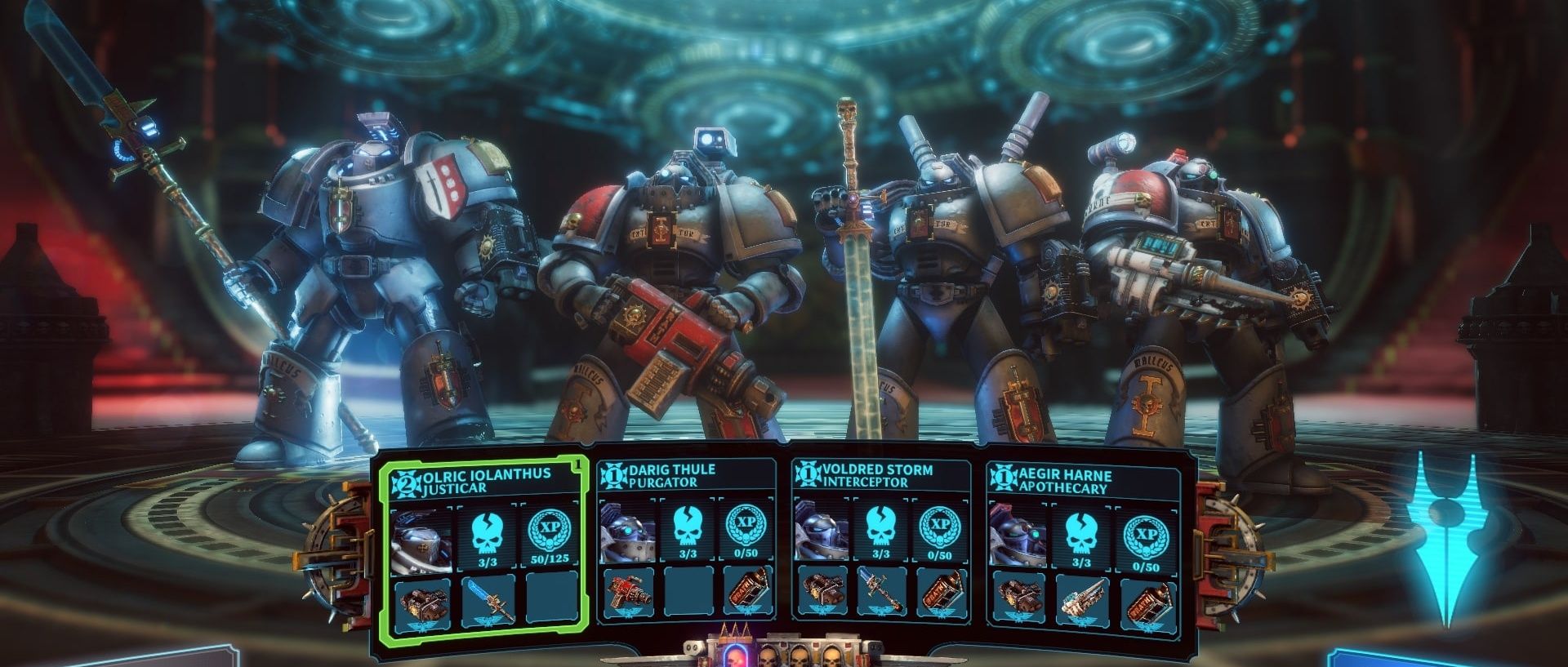
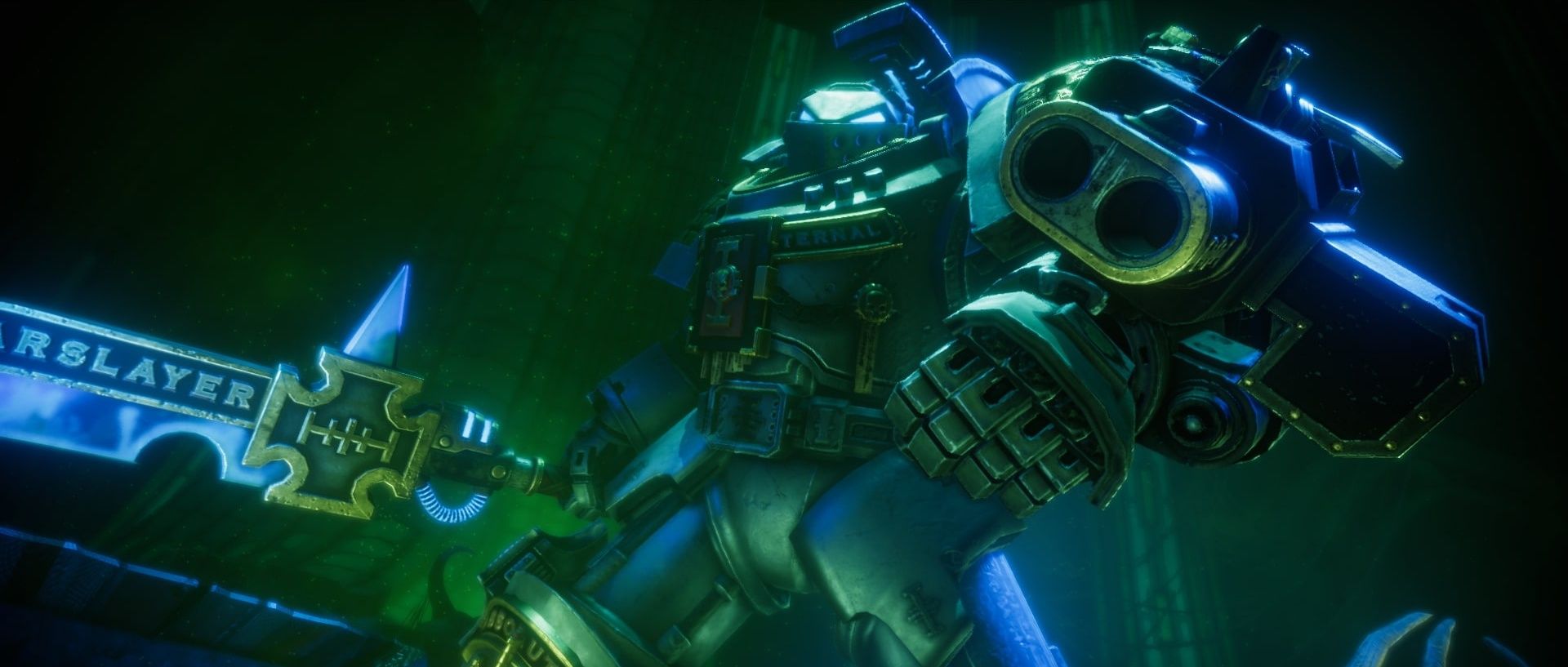
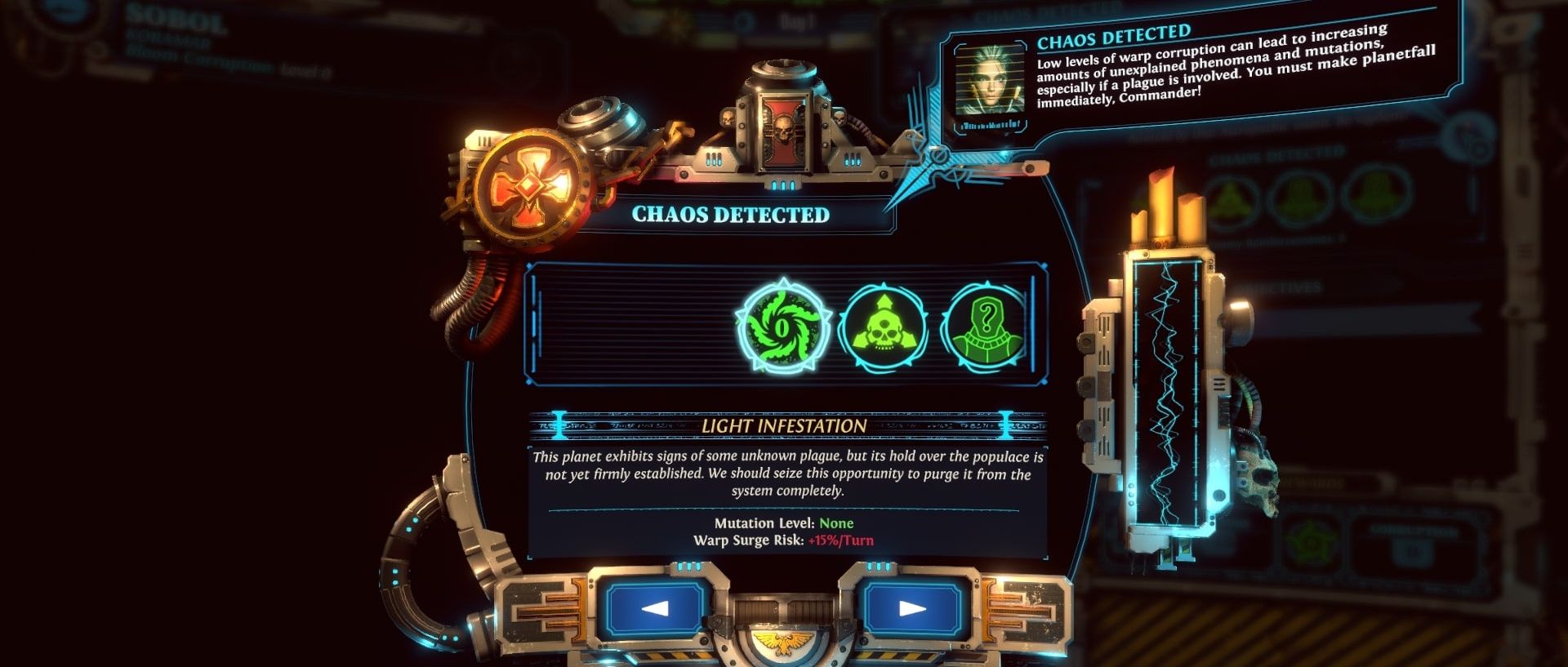
-Cropped.jpg)
